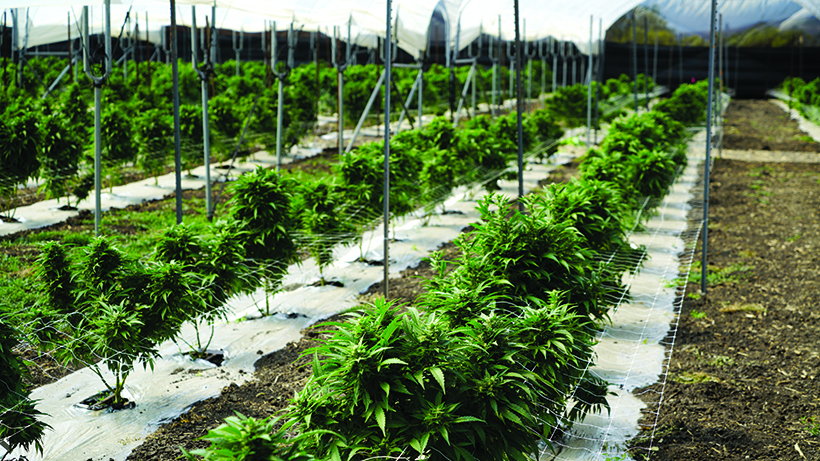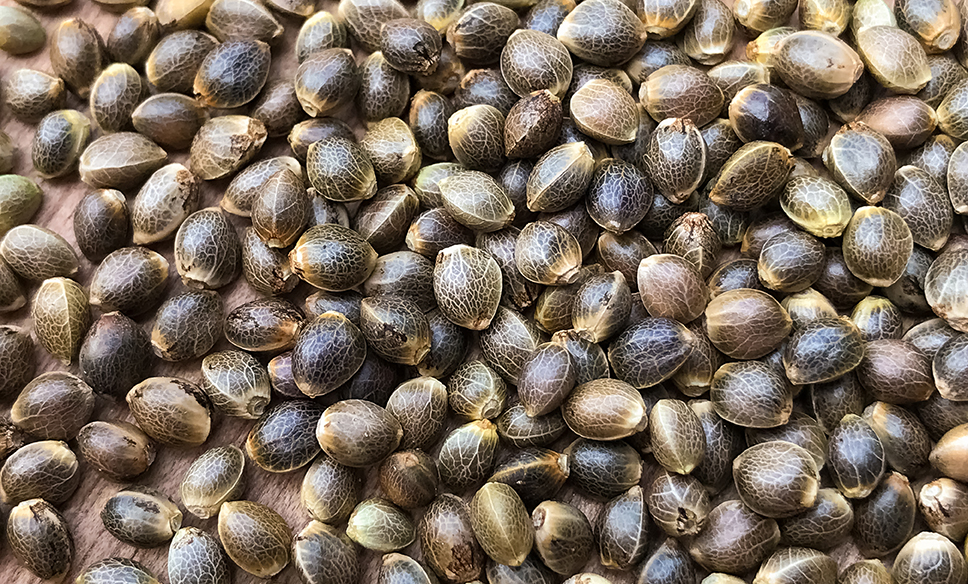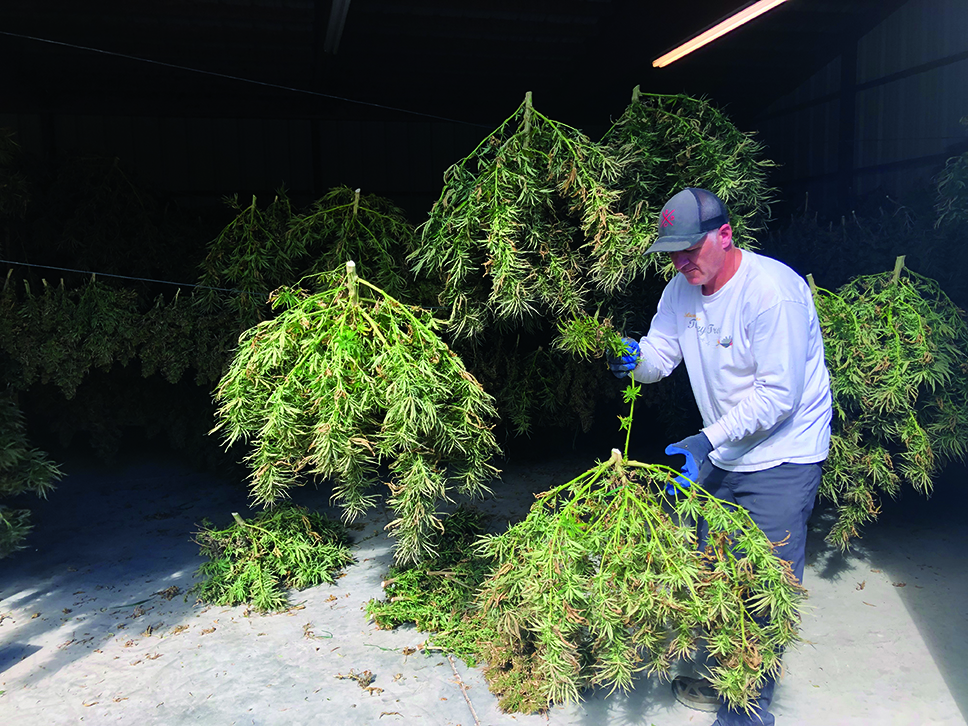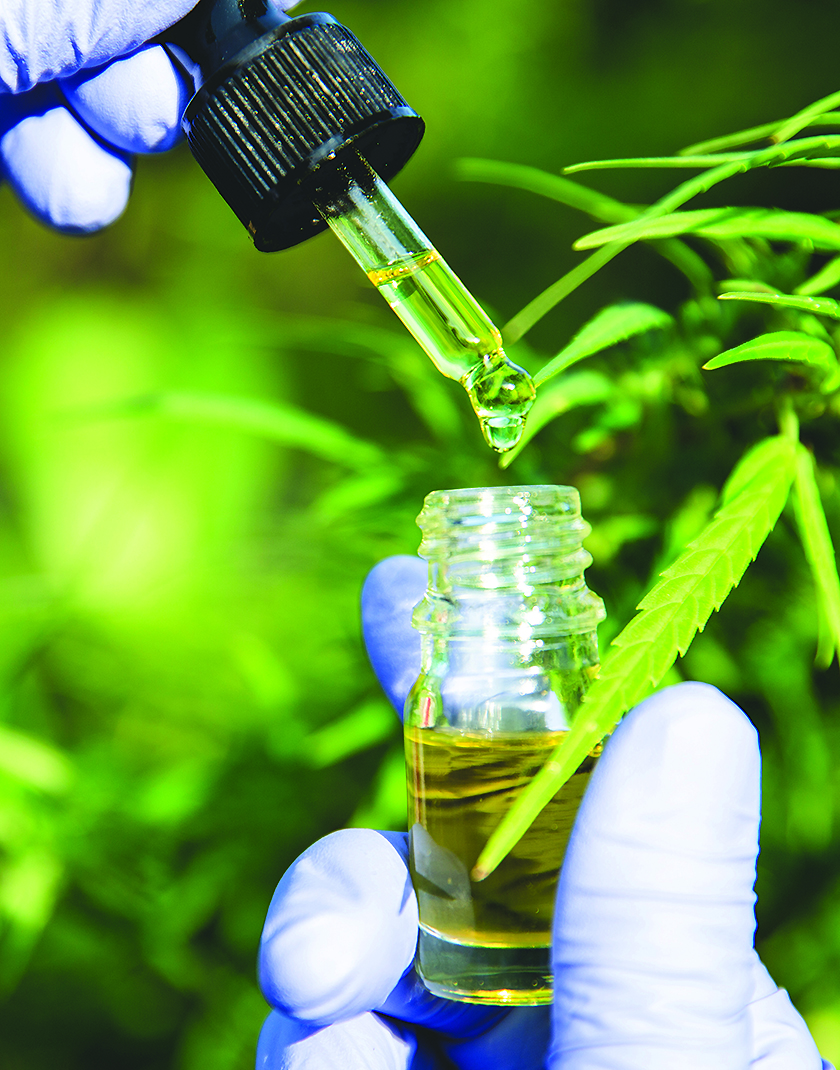How is CBD Oil Made?
Not all CBD oil is created equal. Learn how different techniques make a big difference in product quality.
CBD is everywhere these days. Brands are incorporating it into pet food and shampoo, hamburgers and beer, erotic massage oils and sleep tinctures. And it’s all derived from a single source: hemp. A hardy weed once grown for industrial purposes like rope-making, the hemp plant has been transformed by entrepreneurial farmers into a holistic remedy for all sorts of ailments—and as a replacement for pharmaceuticals.
“I take CBD every day for arthritis and have stopped taking ibuprofen entirely,” says Matt Morgan, COO of PureXT. “I used to take 10 to 15 pills a day. No more. And now I’m pain-free.”
This personal discovery motivated Morgan to pivot from his background as crop consultant for the USDA to start a business providing high-grade hemp oil to CBD brands. This came naturally thanks to his agriculture degree and a childhood growing corn, alfalfa, and wheat on the family ranch in South Dakota. With his partners, Morgan has planted three acres in Salida, Colorado, and equipped a small warehouse in Loveland with a state-of-the-art, six-figure CO2 machine for extracting oil from plants.
There’s an exact science to producing potent CBD oil, and today’s retail brands evaluate specific criteria when choosing theirs. From seed selection and growing conditions to harvesting and oil extraction, producers differentiate themselves at each step. NatuRx spent a few days with Morgan to get an expert lowdown on cultivation choices and how they impact an oil’s quality, potency, and benefits.

1. Seeds and Soil
Today’s hemp plants grown for CBD are a new agricultural phenomenon. Rich with bulbous flowers, these plants—all females—look like marijuana but have been cross-bred and hybridized to minimize hemp’s already low levels of THC and vastly increase CBD content. New genetics blend different terpenes and benefits; PureXT, for example, grows the tried-and-tested Cherry Wine hemp strain. A blend of Charlotte’s Web (a high-CBD strain known for mitigating epilepsy symptoms) and The Wife, it’s a more hardy plant adapted to Colorado’s higher altitudes.

Soil selection is equally important. Because hemp is a tremendous bioaccumulator—effective at pulling pesticides and other toxins out of the soil—premium growers seek acres that have been organic for as long as possible. And the best ones avoid using any chemicals that could foul their plants’ oil.
2. Clones
High-quality oil requires high-quality plants, which is why growers like PureXT only use clones. A crop’s chemical makeup is critical to producing consistent, low- or no-THC product, and cloned plants have identical DNA. Clones are started in greenhouses and transplanted by hand to the field or indoor grows. Growing from seed in outdoor fields is less labor-intensive, but it increases the risk for male plants, as you don’t know what you have until it sprouts. If not removed from a field, male plants will pollinate the flower-producing female plants, turning them into useless seed-producing low-CBD males.
Related: How to Use CBD Oil
3. Growing
Growers have to weigh the risks and rewards of growing indoors vs. outside. Warehouse space, utilities, and labor drive up costs, but it’s easier to control for female plants indoors. Outdoor grows on arable land with clean, abundant water cost less, but risk for pollination from other hemp fields is much higher, as are risks for crop damage due to fire, hail, insects, and pests. PureXT currently grows outdoors to leverage Morgan’s agricultural background, but he believes the industry will eventually move indoors, like the marijuana industry already has.
“It’s easier to maximize yields with indoor grows,” he says about grow lights and controlled environments. “But it’s easier to incorporate organic farming methods in outdoor grows, a strong selling point for us.”
4. Harvest

It’s about a four-month cycle from clone to harvest, and advanced growers use infrared testing to measure the CBD, THC, and moisture content of the flowers. When they show the desired concentrations, the plants are cut by hand and hung up to dry. Then they’re bucked (stalks removed) by hand and transported in giant bags to the extraction facility, where the flower and trim are mechanically milled into smaller pieces.
5. Extraction
Decarboxylating or “activating” the acidic chemical state of the cannabinoids makes them easier for the body to absorb. This means placing the raw material in ovens at 240ºF before the extraction process.
Extraction technologies for CBD have been adapted from the perfume industry and transform tons of cured plants into gallons of oil. Solvents are applied at high temperatures and pressure to separate the oils. Butane, propane, ethanol, and CO are the most common and are safely purged during the extraction process. Opinions vary as to which techniques produce the best oil. PureXT uses CO for “consistency, quality, and versatility,” according to Morgan.
Related: Separating CBD Oil Fact From Fiction
His machine processes about 100 pounds of raw material daily, which produces 8–9 pounds of oil containing 70% CBD and less than 0.3% THC. Hemp contains nowhere near the terpene levels of marijuana, so the flavor and odor of hemp oil are not big selling points, though removing the bitter chlorophyll is important. And to reduce excess THC to legal levels or to make the oil entirely THC-free, chromatography and distillation are used post-extraction.
6. End Product

To produce a consumer product, brands blend raw CBD oil with a base like coconut oil, medium-chain triglycerides (MCT) oil, beeswax, or gelatin. Often, the oil is emulsified to make it water-soluble and mixed with a variety of botanicals and scents to produce a tincture, salve, roll-on, edible, drink, and other products. Like the previous steps, this final choice significantly affects potency and other characteristics, as evidenced by the reviews in NatuRx product tests.